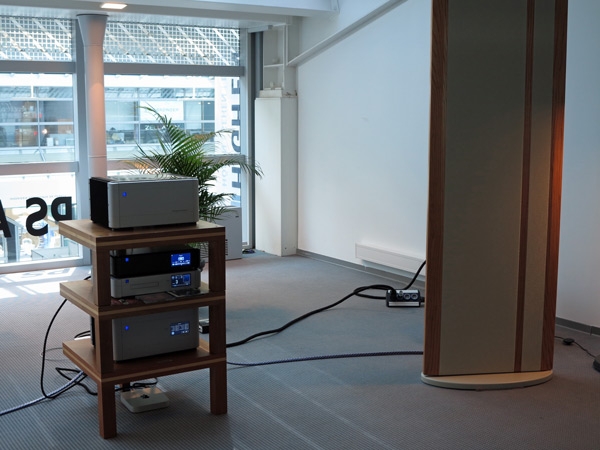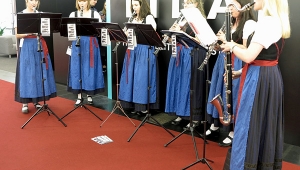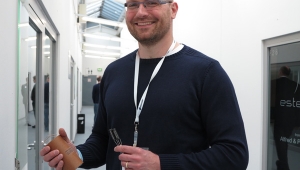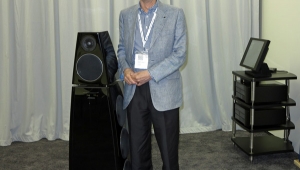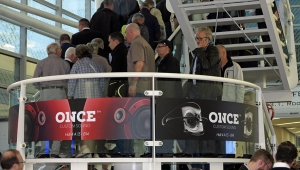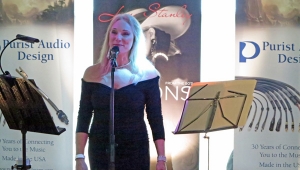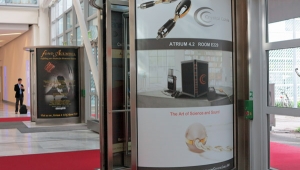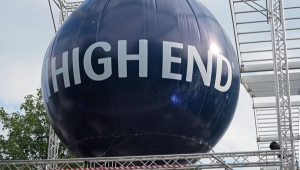| Columns Retired Columns & Blogs |
While panels will always stand out after hearing driver/box combo after combo, I agree that PS audio/magnepan were special, and they were my best of show (I did not hear everything). Another in the room who had listened to the magnepans in their own room with nearly every amp including the new ps audio amp, said it was doing something special they had not heard from anything else - at all price points. Given the low (relative) price it seems a must audition for the magnepan owner and others for that matter.
